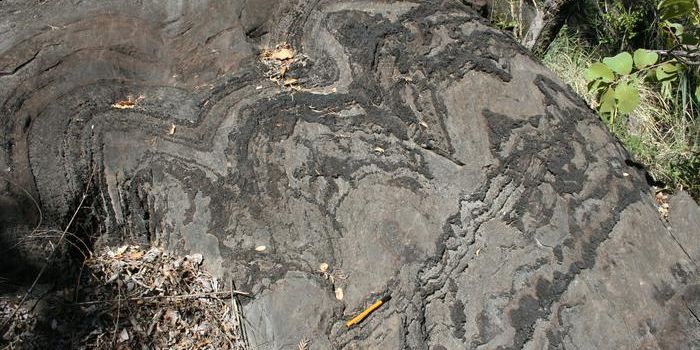Wildfires put 4,400 species at risk worldwide
An international collaboration between 27 researchers led by the University of Melbourne has concluded that over 4,400 species globally are under threat from fire activity. The study, titled, “Fire and biodiversity in the Anthropocene,” has been published in Science.
"Recent fires have burned ecosystems where wildfire has historically been rare or absent, from the tropical forests of Queensland, Southeast Asia, and South America to the tundra of the Arctic Circle," said lead author Dr. Luke Kelly, who is a Senior Lecturer in Ecology and Centenary Research Fellow. "Very large and severe fires have also been observed in areas with a long history of recurrent fire, and this is consistent with observations of longer fire seasons and predictions of increased wildfire activity in the forests and shrublands of Australia, southern Europe, and the western United States."
Amongst the threatened species are the orangutan in Indonesia and mallee emu-wren in Australia. According to Dr. Kelly, they also include “19% of birds, 16% of mammals, 17% of dragonflies, and 19% of legumes that are classified as critically endangered, endangered or vulnerable. That's a massive number of plants and animals facing threats associated with fire."
With the bushfires raging across Australia pre-pandemic and the wildfires devastating California mid-pandemic, the threats from fire aren’t just hypothetical. From August 2019 to March 2020, a record 12.6 million hectares burned in Australia.

Yet on the flip side of that, the absence of fires can also pose a threat to certain species. That’s the case with African herbivores like wildebeest that need expansive open areas to graze and migrate; fewer fires in the African savanna can actually inhibit those species due to the resulting overgrowth of shrubland.
These complexities make it imperative to look at the specific factors that are at play in regions around the world. "Understanding what's causing changes in different places helps us to find effective solutions that benefit people and nature," Dr. Kelly said.
In their analysis, the research team identified three main groups of human drivers that influence fire activity and their subsequent impacts on biodiversity: global climate change, land-use, and biotic invasions. Understanding fires from that perspective – where they are driven by anthropogenic activity – means that the state of fires in our world is ultimately in our own hands.
"It really is time for new, bolder conservation initiatives," Dr. Kelly said. "Emerging actions include large-scale habitat restoration, reintroductions of mammals that reduce fuels, creation of low-flammability green spaces, and letting bushfires burn under the right conditions. The role of people is really important: Indigenous fire stewardship will enhance biodiversity and human well-being in many regions of the world."
Sources: Science, Science Daily








